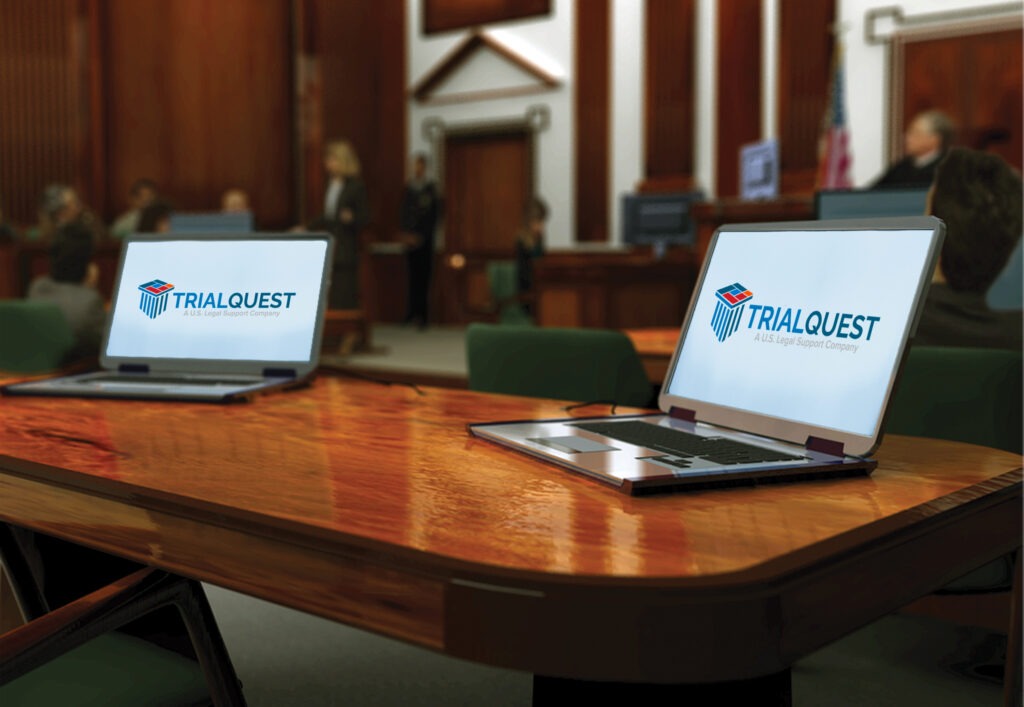How Test Presentations Enhance Your Debate and Persuade Jurors
Trial discussions function as a critical mechanism for enhancing legal disagreements and encouraging jurors. By integrating aesthetic aids, narrative structures, and emotional interaction, attorneys can produce a compelling instance that reverberates on multiple degrees. The tactical use visuals not only clarifies intricate info but also catches jurors' attention better than words alone. The art of storytelling plays an equally crucial role in transforming accurate evidence into a compelling narrative, shaping jurors' perceptions. Comprehending these components can significantly impact test results, increasing the concern of how each component adds to this elaborate dynamic.

Importance of Aesthetic Aids
Visual help play an important duty in improving the performance of trial presentations, as they can significantly raise target market interaction and retention of info. In the context of a trial, where jurors are charged with processing complicated info, aesthetic help offer to simplify and clear up essential points. Charts, charts, and photos can convey data and principles that might otherwise overwhelm or perplex jurors, enabling for a much more straightforward understanding of the evidence presented.
Additionally, aesthetic aids assist in preserving juror interest throughout the proceedings. By damaging the monotony of spoken testimony, these devices can punctuate critical disagreements, making them much more remarkable. Reliable visual aids can also evoke psychological reactions, which can be pivotal in encouraging jurors to straighten with the presenter's narrative.

Crafting Engaging Stories
An engaging narrative is essential in test discussions, as it acts as the backbone of effective persuasion. It permits lawyers to weave together truths, evidence, and psychological aspects into a meaningful story that reverberates with jurors. This narrative structure makes it possible for jurors to understand the intricacies of the case while assisting them with the lawyer's argument.
To craft a compelling story, attorneys must concentrate on clearness and coherence. Furthermore, the use of brilliant descriptions can develop mental images that assist jurors imagine the events, making the story extra remarkable.
In addition, incorporating vital motifs throughout the discussion enhances the core message and help in retention - trial presentations. The story needs to not just share details but additionally stimulate a sense of justice, highlighting the stakes included. Ultimately, a sound story promotes a connection in between the jurors and visit the site the case, placing the attorney's Read Full Report argument as both reliable and engaging, therefore increasing the probability of a desirable verdict

Engaging the Jury Mentally
Effective jury interaction rests on the lawyer's capacity to attach with jurors on a psychological degree. This link can significantly influence jurors' perceptions and their best decision-making. Making use of sob stories permits lawyers to humanize the case, transforming abstract lawful ideas into relatable experiences. By presenting real-life stories or testimonies, attorneys can evoke compassion and compassion, promoting a much deeper understanding of the concerns at risk.
Aesthetic aids, such as pictures or video clips, can further enhance psychological engagement, giving jurors with brilliant depictions of the case's human components. Crafting a story that highlights the battles and victories of the people involved ensures that jurors see past the lawful debates and recognize the human effects of their choices.
Furthermore, tone and body language play a crucial function in conveying feeling. A lawyer's passionate delivery can resonate with jurors, strengthening their psychological investment in case. It's important to balance psychological appeals with accurate evidence, making sure that jurors really feel urged to act while continuing to be grounded in the truth. Ultimately, an emotionally engaged jury is more probable to be encouraged, making psychological connection a vital part of efficient trial presentations.
Structuring Your Presentation

The body of the presentation should be practically fractional into bottom lines, each sustained by compelling evidence. It is helpful to use narration techniques to weave truths into a narrative that jurors can conveniently adhere to. Aesthetic aids, such as charts and video clips, can improve understanding and involvement, aiding to highlight crucial items of evidence.
Real-World Situation Research Studies
Examining real-world study gives very useful understandings right into the art of trial presentations and persuasion. For example, the site instance of "O.J. Simpson v. The Individuals of California" shows exactly how visual aids and compelling stories can guide court understandings. The defense group properly utilized a strategy that combined top-level expert statements with multimedia presentations, which mesmerized jurors and eventually influenced their choice.
An additional noteworthy instance is the "McDonald's Coffee Instance," where the complainant's lawyers used visuals images of the injuries endured by Stella Liebeck. trial presentations. This stark visual proof played a critical duty in sharing the intensity of her burns, causing a considerable jury award. Such instances demonstrate that impactful trial discussions usually depend upon the effective integration of visuals and narration to evoke psychological reactions from jurors
Additionally, the "Casey Anthony Trial" highlighted the relevance of narrative comprehensibility and integrity. The prosecution's failing to establish a compelling timeline reduced their persuasive power, highlighting the need of a well-structured discussion. Evaluating these cases reveals that effective trial presentations require calculated planning, emotional interaction, and the capacity to resonate with jurors' worths and ideas.
Conclusion
Test discussions substantially improve disagreements and persuade jurors via the critical use aesthetic help, engaging stories, and psychological involvement. By streamlining complicated information and cultivating links with the audience, these components produce a remarkable and impactful experience. A well-structured discussion balances emotional appeals with valid proof, ultimately resonating with jurors' values. The integration of these strategies not just affects decision-making yet additionally underscores the importance of efficient communication in the courtroom.